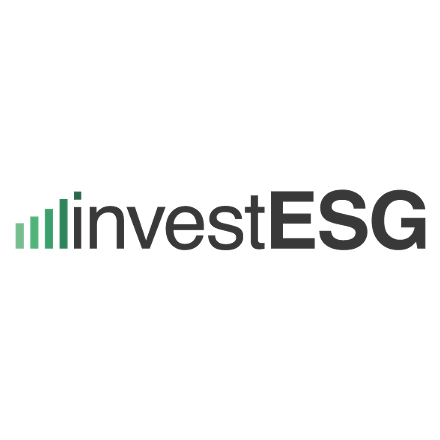

The insurance group seeks to reduce emissions in the real economy as part of its responsible investment policies published in March, an expert of the firm has said.
Peter Sandahl, Head of Sustainability at Nordea Life & Pension (L&P), explained: “We want to, as fast as possible, transition our portfolios, so they are aligned with what science tells us is required, while continuously also do that in a way which is not just divestment, but also trying to make as much contribution to real economy impact as well.”
L&P, a subsidiary of Nordea Bank, pledged to reduce its carbon emission intensity for listed equities, corporate bonds and real estate by at least 25% by the end of 2024 with 2019 as a baseline, to reach the bank’s net zero emission target by 2050.
To follow through on its ambition, L&P recently tightened its asset manager requirements.Targets for Third-Party Asset ManagersIn May it required from its third-party asset managers to set a net zero target in line with a 1.5-degree scenario by 2024.According to Sandahl, the majority of L&P’s €61.6 billion assets under management (AUM) are held by other asset managers, while a smaller part is directly managed. Nordea Bank’s total AUM stood at €372 billion in Q1.L&P oversees the transition strategies of third-party asset managers and also collaborates with the group’s manager, Nordea Asset Management, regarding internal mandates.Non-profit organisation Reclaim Finance commended in a statement in February that the bank’s net zero target covers both its investment and lending portfolio, as the targets of Allianz and Axa are limited to investments only.However, the NGO assessed a comparative “lack of ambition” for the bank regarding minimal exclusion criteria for the coal, oil and gas sector.In terms of coal, Nordea does not invest in companies that have large and sustained exposure to thermal coal mining with more than 30% of their revenues derived from sales of coal products, and which lack a meaningful opportunity to diversify away from coal.Managing risks with double materiality The bank’s recent efforts have focussed on integrating climate risk in its credit risk framework. The integration of other financial risk frameworks is planned to start in 2021, according to Nordea’s 2020 Sustainability Report.L&P applies the concept of double materiality to its investments.“We consider two different perspectives: One is double materiality, looking at how our portfolios are impacting the society or the world as such, and how [the environment] impacts our portfolio,” Sandahl said.In an impact and materiality assessment last year, Nordea found that physical and transitional climate-related risks are material to the firm’s credit risk profile. In the same year, L&P further integrated climate risks in its investment decision making to assess both transition and physical risks under different climate scenarios.The assessment found that 10 Sustainable Development Goals are material for its business, either negative or positive from an impact perspective, and guided Nordea in setting its 2023 environmental, social and governance targets.The responsible investment policy that L&P published following this assessment, applies four principles:- exclude the worst by applying minimum requirements;
- prefer the best by striving to invest in companies and use asset managers which are at the forefront of ESG integration;
- make a difference by acting as an active owner and by engaging with companies and asset managers; and
- be transparent.
 investESG
investESG

